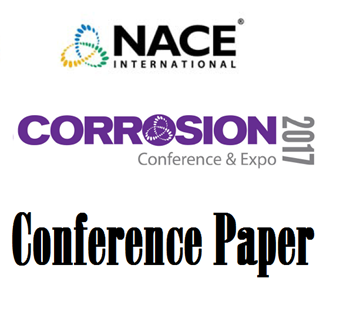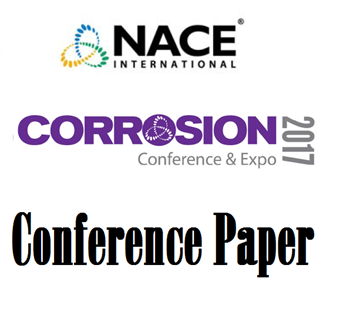Search
Products tagged with 'hydrogen embrittlement'
View as
Sort by
Display
per page
Effect of Dissolved Oxygen on Fatigue Crack Growth Rate of Low Alloy Steels in Saltwater with Cathodic Protection Environment
Product Number:
51323-18913-SG
Publication Date:
2023
$20.00
Effect of Microstructural Particularities on the Corrosion Resistance of Nickel Alloy UNS N07718 – What Really Makes the Difference
Product Number:
51317--9068-SG
ISBN:
9068 2017 CP
Publication Date:
2017
$20.00
Effect of Ni on Sulfide Stress Cracking and Stress Grooving in Carbon Steel - Part 1: Constant-load (Dead-weight) Test
Product Number:
51324-20715-SG
Publication Date:
2024
$40.00
Effect of Ni on Sulfide Stress Cracking and Stress Grooving in Carbon Steel - Part 2: Four Point Bend Test
Product Number:
51324-20709-SG
Publication Date:
2024
$40.00
Effect Of Soil Environment On Hydrogen Embrittlement Behavior Of X60 Steel
Product Number:
51322-17705-SG
Publication Date:
2022
$20.00
Effects of temperature on hydrogen absorption into steel bars by cathodic charging in solution containing ammonium thiocyanate
Product Number:
51323-18931-SG
Publication Date:
2023
$20.00
Environmentally Assisted Cracking Of Nickel Based Alloy 955 In Saltwater With Cathodic Protection For HPHT Application
Product Number:
51322-17768-SG
Publication Date:
2022
$20.00
Evaluation Of Hydrogen Embrittlement Of Nickel-Based Alloys In Cesium Formate With H2S/CO2
Product Number:
51322-18024-SG
Publication Date:
2022
$20.00
Evaluation of the Hydrogen Diffusion and Transport Kinetics in ASTM A508 Grade 4N
Product Number:
51321-16404-SG
Publication Date:
2021
$20.00
Evaluation Of The KIEC Of UNS N07718 With And Without Delta Phase In Simulated Seawater With Cathodic Protection Using Double Cantilever Beam Tests
Product Number:
51321-16652-SG
Publication Date:
2021
$20.00
Extreme high-speed laser application of coating to prevent hydrogen embrittlement in metals
Product Number:
51323-19546-SG
Publication Date:
2023
$20.00
Failure of a Vaned Diffuser in a Sour Gas Compressor
Product Number:
51317--9073-SG
ISBN:
9073 2017 CP
Publication Date:
2017
$20.00












